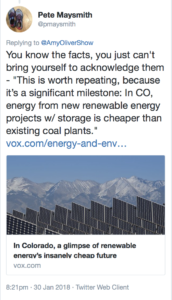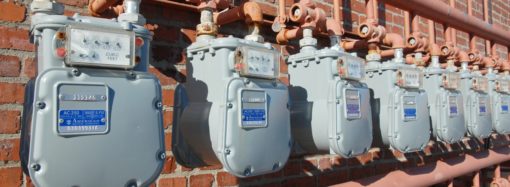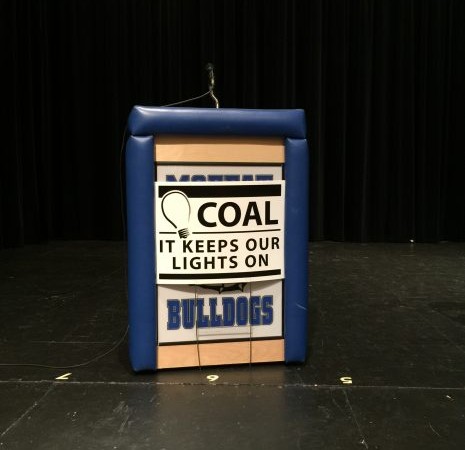MYTH: “In CO, energy from renewable energy projects w/ storage is cheaper than existing coal plants,” Conservation Colorado’s Pete Maysmith tweeted at me, citing a Vox column as his source.
The column covered Xcel Energy’s “Colorado Energy Plan” (CEP) and renewable energy bids to replace 660 megawatts of coal-fired power from Comanche 1 and 2 in Pueblo. The subhead reads: “Even with storage, new renewables beat existing coal.”
Writer David Roberts provides some numbers:
The median bid for a wind project was $18.10/MWh; the median for wind+storage was $21, just three dollars higher. The median bid for a solar PV project was $29.50/MWh; the median bid for solar+storage was $36, just seven dollars higher. (Keep in mind what median means: Half the projects bid cheaper than this.)
So, the median bid price for wind with storage is $21 and the median price for solar with storage is $36.
What Roberts, Maysmith, Xcel and everyone else who desperately want you to believe the CEP is going to be cheap is that those bids don’t include ratepayers’ sunk cost into Comanche 1 and 2; we don’t know if transmission costs are included, and they aren’t comparing those bids to the actual costs of generating electricity at Comanche.
FACT: “In 2016, Comanche’s total cost of generation is $15.90/MWh, which is the lowest in Colorado (among FERC-reporting utilities) and one of the lowest in the nation,” according to FERC Form 1 data. When all costs are considered, keeping Comanche open is cheaper than building new projects of any kind.
MYTH: “We [Xcel Energy] believe that we can achieve this clean energy transition without increasing costs to Colorado customers, and even saving them money.”
FACT: The CEP will cost ratepayers money – a lot of money, likely hundreds of millions of dollars.
- The CEP is likely to cost ratepayers at least somewhere between $250 and $390 million.
- Xcel failed to account for $173 million in sunk costs for Comanche Units 1 and 2 in its calculation of the CEP.
- Ignoring generally accepted accounting practices, Xcel also “falsely inflates the Baseline Portfolio costs by including a $40 million annual book value amount for Comanche 1 and 2 while excluding these book value costs from the wind/solar/gas case. This is improper because PSCO intends to recover its sunk capital investments in the plants in either portfolio case.”
- To make the CEP appear to be cost effective, Xcel didn’t include the cost of transmission in the CEP Portfolio but did include transmission costs in units that would replace Comanche 1 and 2 after their planned retirement dates. In other words, according to Xcel, it’s cheaper to close Comanche 1 and 2 ahead of schedule because the company doesn’t include transmission costs.
MYTH: “Coal is market driven, or as you would say free-market driven…” twitter response to me.
FACT: There is no “free market” in Colorado electricity generation. In fact, we aren’t even governed by a “least cost” principle. Over the last decade Colorado has politicized electricity generation. Legislative mandates have forced fuel switching and massive rate increases.
Furthermore, unlike many other states, Colorado electricity consumers have no choice in their provider. “Colorado is one of 21 states across the country stuck in a regulated market dominated by monopoly utilities.” And elected officials with their own agendas regarding electricity production and consumption.
If Colorado wants to go all in on industrial wind and solar, then, as we have been saying, the state should do so with its eyes wide open to cost. Otherwise, Coloradans will be disappointed when they find out their magic fairy dust doesn’t pay their Xcel bills.








